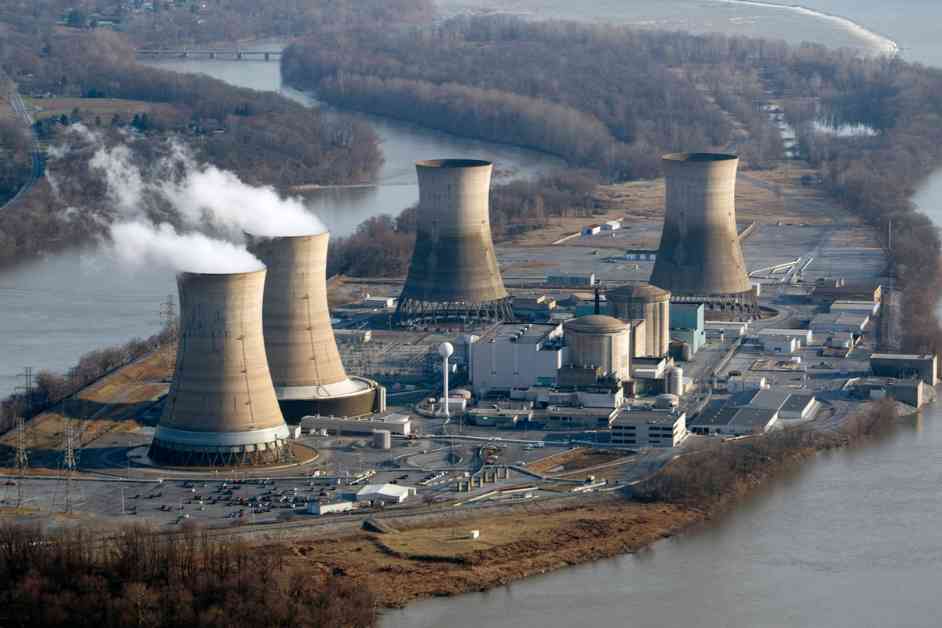Microsoft recently made an announcement on September 20th about striking a 20-year deal to purchase energy from a dormant nuclear power plant that will be brought back online. This plant is no ordinary one, it is the Three Mile Island facility in Londonderry Township, Pennsylvania, where the worst nuclear accident on US soil occurred in 1979 due to a partial meltdown of one of its reactors. The decision to restart these decommissioned nuclear plants is a reflection of the growing need of technology giants, such as Microsoft, to power their expanding artificial intelligence (AI) projects. However, this move has raised concerns regarding the safety measures that need to be put in place before restarting these plants.
Apart from Three Mile Island, another plant, the Palisades Nuclear Plant in Covert, Michigan, with an 805-megawatt capacity, was shut down in May 2022. The energy company, Holtec International, based in Jupiter, Florida, plans to reopen this plant with the support of a US$1.5-billion conditional loan commitment from the US Department of Energy (DoE). The goal is to use nuclear plants, as a source of low-carbon electricity, to help the country achieve its ambitious climate goals. The Palisades plant is expected to reopen by late 2025.
The decision to restart these plants has prompted discussions among nuclear specialists about the challenges and requirements involved in the process. Jason Kozal, director of the reactor safety division at a regional office of the US Nuclear Regulatory Commission (NRC), highlighted that this endeavor is unprecedented on a global scale. The complex process of restarting these plants involves navigating through licensing, oversight, and environmental assessments to ensure that safety regulations are met.
Safety checks will be crucial to guarantee that the plants can operate securely once uranium fuel rods are replaced in their reactors. Components that may have corroded during the shutdown period will need to be inspected and replaced. Additionally, turbine generators that have been inactive for years will require thorough examination for any defects or corrosion.
As the plants move closer to their restart dates, operators will also need to address the challenge of sourcing fresh nuclear fuel. The United States is taking steps to minimize its reliance on international suppliers by building up its own supply chain for enriched uranium. However, not all decommissioned nuclear plants in the US may be suitable for refurbishment due to varying conditions and potential resistance from the public.
One alternative being considered is the construction of advanced reactors, including large reactors with enhanced safety features and small modular reactors with innovative designs, on the sites of old nuclear plants. This approach would leverage existing infrastructure and transmission lines while meeting the growing demand for low-carbon electricity. The interest in building more large reactors in the US is being explored by utilities and customers, driven by the need to support data centers and other applications.
In conclusion, the decision to restart decommissioned nuclear plants like Three Mile Island and Palisades raises important safety concerns that need to be addressed through rigorous inspections, maintenance, and adherence to regulatory standards. As the world advances towards a more sustainable energy future, the role of nuclear energy in meeting climate goals and supporting technological advancements, such as AI, remains a topic of discussion among experts and stakeholders.










